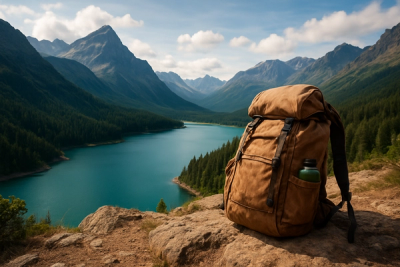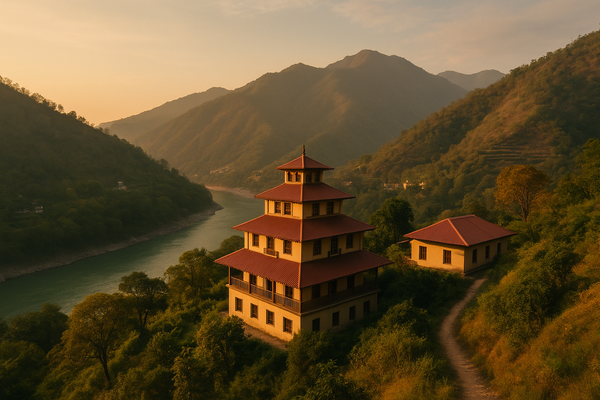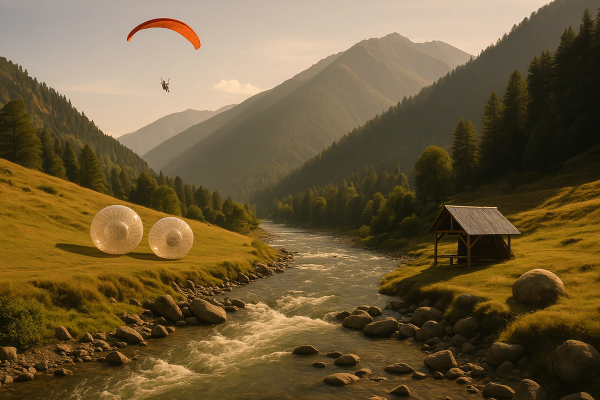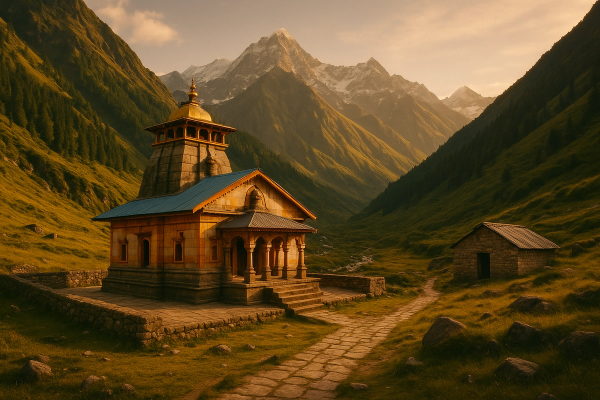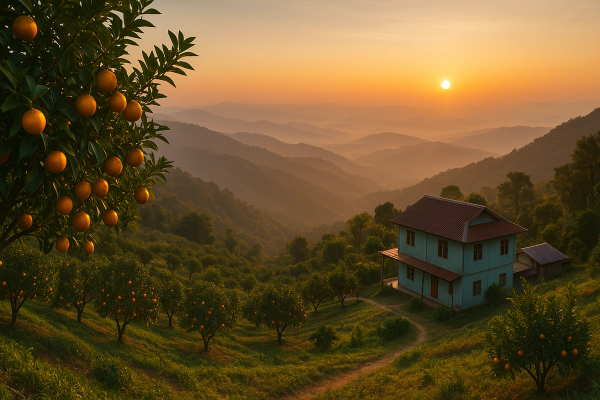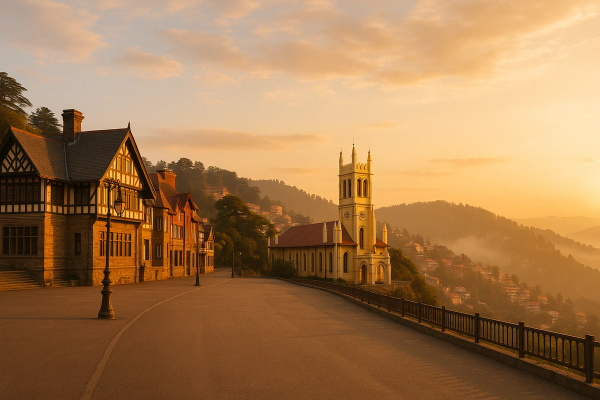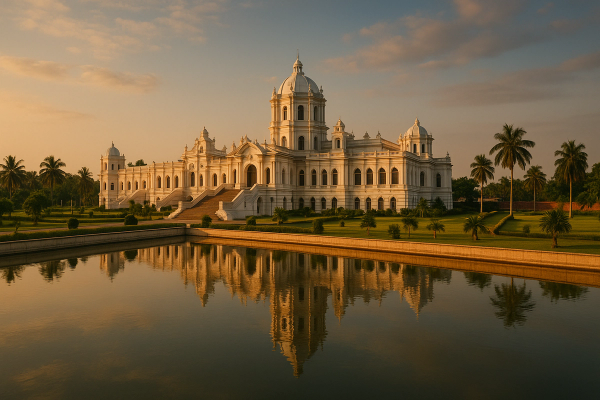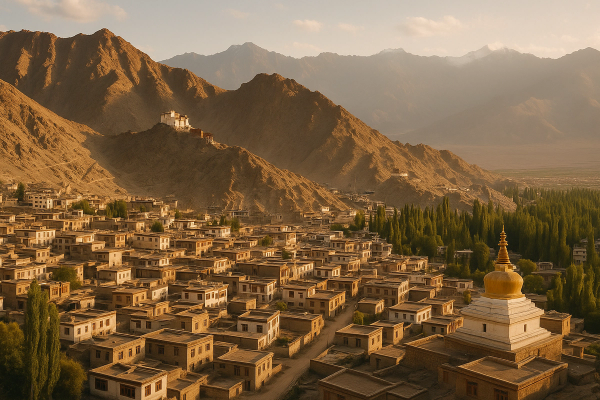Best Wildlife Migration & Safari Tours 2025 | Africa & India – what I actually saw, felt, messed up, loved#
So, um, I finally did it. I chased the migrations. Africa first, then India’s tiger circuit because my brain doesn’t do chill. I planned this last year but rolled into it early 2025, and honestly it was chaotic-beautiful. Dust in my socks, camera batteries dying at the worst moment, a wildebeest calf wobbling on brand new legs, chai so sweet it glued my teeth together. And yes, price tags that made me whisper-talk at my bank app. But I’d go again tomorrow.¶
Why this trip had been glued to my bucket list#
I’ve been glued to migration videos since forever, you know those grainy clips of the Mara River crossings and somehow everyone keeps breathing until the last second? Plus I grew up on tiger documentaries and that drumming monsoon on tin roofs in Madhya Pradesh… it just sits in your bones. I wanted the herd thunder. I wanted a tiger stare. I wanted to see if I could handle 4:30am wake-ups without being a complete gremlin. Spoiler: not really.¶
- The Great Migration isn’t just a “season” – it moves. You chase it and it runs. That’s half the fun (and half the stress).
- India’s tiger parks are moody and magical and sometimes absolutely silent for 3 drives in a row, then BOOM: stripy glory.
- The lodges, the guides, the tiny things – like a Maasai guide explaining constellations or the cook in Ranthambore making me the best dal of my life.
Serengeti & Masai Mara, 2025 – quick messy notes that actually helped#
If you’re aiming for the Great Migration next year-ish, here’s the real talk I wish someone hammered into my head. The calving season happens around Jan–March in Ndutu/southern Serengeti (yeah, I saw it Feb 2025 and cried, like legit cried). The herds start pushing west/north around May–July, then many cross into the Masai Mara Jul–Oct-ish for those dramatic river scenes. November they kind of slide back to the Serengeti as the short rains tease them. Climate’s playing dice lately, so these windows wriggle. In 2025, rain patterns felt wonky—one guide kept repeating “no calendar in the sky.” Listen to them.¶
Kenya entry was surprisingly smooth this year: no traditional visas, it’s an eTA (electronic travel authorization) you apply for online before you fly. Tanzania still does eVisas for most folks; mine took 3 days to approve. No PCR stuff anymore (thankfully), but bring proof of Yellow Fever vaccination if you’re arriving from places where it’s required, and toss malaria prophylaxis into your medical kit unless you want mosquitos making you their summer project. Also, park payments are cashless in lots of places now—cards or mobile—so don’t rely on carrying a wad of cash like it’s 2008.¶
What I did there (and what I wish I’d done)#
I did 3 nights in Ndutu (mobile camp, Feb), 4 in central Serengeti (mix of lodge and tented), then hopped to the Mara conservancies for 3 (June shoulder season, quieter). Saw a calf born—slippery miracle, mother nudging, me losing it softly. Missed a big river crossing by literally 15 minutes because we stuck too long with a sleepy pride. Still worth it. Did a sunrise balloon over the Serengeti and yeah it’s touristy and yeah it’s pricey, but the shadow of our balloon drifted over 5,000 wildebeest and I swear it re-wired my brain.¶
- Book a conservancy stay in the Mara (like Naboisho or Olare Motorogi) for fewer vehicles and more off-road flexibility. The main reserve gets crowded in peak weeks.
- Go with a guide who’s migration-obsessed. They’ll read the grass, the wind, the gossip. Herds are not static, and WhatsApp groups between guides are like migratory stock tickers.
- Bring a soft bag, not a hard suitcase. The bush planes (those cute flying sardine cans) have weight limits and everyone’s nicer when your luggage fits.
2025 trend I noticed: greener safaris, quieter mornings#
Conservancies in Kenya are pushing low-impact tourism harder—fewer vehicles, more community-owned land, and this year I rode in an electric Land Cruiser that hummed like a giant cat. Wild. Lodges have solar setups, refillable water stations, no plastic bags (Kenya’s been strict on that for years). Prices? Midrange tented camps in Mara or Serengeti go around $300–600 per person per night (full board, shared drives). Luxury shoots to $1,000–2,500 pppn with private vehicles, fancy wine cellars, star beds… all the things. Group camping safaris in Tanzania still exist at $200–300 per day if you’re cool with simpler setups. But peak weeks (late July–Aug and Sept) sell out 6–9 months ahead, 2025 bookings felt tighter than last year, probably cuz everyone’s chasing “experience over stuff.”¶
Gorilla trekking side-trip (Uganda vs Rwanda) – quick update I lived through#
I didn’t think I could afford it but I trimmed a couple of city nights and did Uganda. Gorilla permits in 2025 were $800 in Uganda, and $1,500 in Rwanda. Rwanda’s more polished, Uganda’s hikes can be muddier and longer, but both are heart-in-throat incredible. I went in May—shoulder-ish—permits were still scarce, so if you’re aiming for June–Sept, book months ahead. Entry-wise, Rwanda and Uganda both do eVisas/visa on arrival options for many nationalities; Rwanda’s expanded visa-free access for a bunch of African passports, but don’t assume—check your passport specifics before you go. The trek itself: 2 hours up, a silverback that looked right through me, absolutely no chill in my soul, and then everything soft, quiet. Worth the sweat.¶
India’s 2025 big cat loop: Ranthambore, Bandhavgarh, Tadoba, Kaziranga (and Gir if you’re lion-curious)#
Okay, India’s safari season dances around the monsoon. Most tiger parks (Ranthambore, Bandhavgarh, Tadoba, Pench, Kanha) are best from Oct/Nov to June, and many zones close or restrict access in the heavy rains (roughly July–Sept). Kaziranga (for one-horned rhinos, hello tank unicorns) typically runs Nov–Apr/May depending on flooding. Gir (Asiatic lions) sits in Gujarat and has its own permit circus—book early, weekdays help. I did Ranthambore in April 2025—blazing hot, 44°C in the afternoon—but sightings were bonkers near waterholes, a tigress and 2 sub-adults tumbling in a dust bowl like teenagers who were too cool for us. Bandhavgarh in March felt greener and had fewer jeeps midweek; Tadoba in late Feb served wild dog magic at sunrise. I got skunked once (no tiger), and it made the next sighting feel earned.¶
You book Indian safaris online now, like everything. Zones matter a lot—choose core zones where you can, but buffer areas have surprised me. Private gypsy jeep fees in 2025 varied by park and zone, but a rough pocket math: INR 3,500–7,000 per vehicle per drive plus guide and camera fees, and foreigners are mostly paying similar rates these days. Some parks do canter (shared bus) options if budget’s tight, but it’s noisier and higher—good for birding, less nimble for big cat tracking. Lodges ranges? Budget homestays around INR 5,000–9,000 per night (double), decent midrange 10k–18k, luxury jumps 25k–40k+ (some serious boutique places go higher—spa, private naturalists, farm-to-table menus that absolutely slap). Book early for March–April 2025 weekends; those permits vanished like biscuits on a train.¶
Visas, entry & health in 2025 – scribbles from my crumpled notebook#
- Kenya uses eTA (electronic travel authorization) not traditional visas now. Apply before you fly. It was quick for me (48 hours).
- Tanzania stays on eVisa for most passports; allow a few days. Airport queues aren’t a vibe, so pre-apply.
- India offers eVisa for many nationalities. Double-check your passport category and park-specific permit rules—some require ID details at booking.
- Yellow Fever proof needed if you’re coming from risk countries. Malaria prophylaxis: take it seriously in East Africa and parts of India.
- Drones are a hard NO in most parks (Africa & India). Don’t even try it. Big fines, guides will shut it down.
- Travel insurance with medical evac. I used mine for a minor injury in Madhya Pradesh (thankfully not evac), and I’m now that person who reminds everyone.
Where I stayed and how much it hurt my wallet (but not my soul)#
In the Mara conservancy I did a small tented camp around $450 pppn in June—less crowded, super attentive, stars that slapped. Serengeti mobile camp ran me ~$700 pppn (Feb calving season premium), but I woke to stampeding hooves and hyena whoops so… worth it, I guess, even if my spreadsheet screamed. In India I split it: a sweet homestay in Ranthambore for INR 7,500, then splurged in Bandhavgarh for INR 32,000 at a boutique lodge with a pool I never used because I was too busy stalking pugmarks. 2025 availability has felt tight—book 4–9 months ahead for peak weeks, especially around Easter and school holidays. Also trend alert: more lodges offering carbon-offset options, locally grown menus, and solar setups. Wi-Fi is fine-ish, but bush internet has moods.¶
Safety & updates I paid attention to (because I like being alive)#
A lot of 2025 feels calmer travel-wise than the weird years before, but I still watched advisories. Nairobi felt friendly but I kept my phone zipped away at night and used registered taxis/rideshare. In Tanzania long drives between parks can be gnarly—trust your driver, daytime transfers are better. In parks: stay in the vehicle, don’t dangle limbs, no snacks for animals (ever). In India, follow your guide’s rules—no standing up in the jeep during sightings, and don’t chatter over a tiger’s approach (me and him got shushed once and we deserved it). Heat waves are real—carry ORS packets and a reusable bottle like it’s your religion. Monsoon can flood tracks in Assam, and sometimes Kaziranga gates close for safety—be flexible with dates. Also, keep copies of IDs on your phone. Saved my butt twice when I forgot my passport in the lodge safe.¶
Fun fact slash mini scare: we bumped into an elephant family in a thicket track near Tadoba and had to reverse for what felt like 2 kilometers. The matriarch trumpeted and my heart tried to exit my ribs. Calm guide, no panic, lots of slow-throttle breathing. We waited, they passed, we lived. 10/10 respect forever.¶
Food & tiny joys I can’t stop thinking about#
Ugali with goat stew after a long dusty drive in the Mara—simple, perfect. Nyama choma at a roadside joint where the music was louder than the grill. In Ndutu, the camp baked bread in a tin oven and the smell alone felt like a hug. In India it’s chai, always chai, cardamom punching me awake at 5am. Ranthambore had a thali that convinced me I could live there indefinitely. In Bandhavgarh I ate jackfruit curry so good I forgot my own name for a minute. Also, roadside guava sprinkled with salt and chili—ridiculous joy. Don’t skip local snacks; your stomach will write you love letters (okay, not always, carry probiotics, but still).¶
What I’d change next time (and what I wouldn’t)#
I’d pack lighter (why did I bring two tripods?), and book a private vehicle for at least one day in India—it’s not cheap, but it changes the pace and patience. I’d add a night in the Mara Triangle and take a full day off in the Serengeti just to sit by a kopje and breathe. I wouldn’t skip Ndutu in Feb. I wouldn’t chase every rumor on the radio. I wouldn’t underestimate shoulder seasons—early June in Mara conservancies was lovely, quieter, and still wildly alive.¶
The wild isn’t a checklist, it’s a conversation. Sometimes you get a roar. Sometimes you get silence. Both are the whole point.
Would I go back?#
Absolutely, 100%. I’d rebuild my savings and do it all again, probably slower. Africa’s migrations and India’s cats—two sides of the same heartbeat. There’s this moment when a thousand hooves start running and your brain goes completely still. And there’s another when a tiger steps out of stripes like it’s pulling itself from a painting and everyone stops breathing. I think I’m addicted.¶
If you want more messy, honest travel notes and practical stuff mixed with feelings (there’s a lot of feelings), I scribble them on AllBlogs.in when I’m back home pretending to unpack. See you there.¶


